In the expansive and intricate realm of logistics and transportation, semi trailers play a pivotal role in the movement of goods across vast distances. Among the many inquiries posed in this sector, the question of “what is the longest semi trailer?” captures the attention of industry professionals, enthusiasts, and regulatory authorities alike. This article endeavors to dissect and analyze this question comprehensively, exploring not just the record-holding trailers but also the implications of their dimensions, regulations governing their use, and their practical applications in modern logistics.
Understanding Semi Trailers: A Foundation
What is a Semi Trailer?
A semi trailer is a type of trailer that does not have a front axle and relies on a tractor unit for support. Its design allows for flexible loading and unloading of cargo, making it an indispensable asset in freight transport. The semi trailer is attached to the tractor unit via a fifth wheel coupling, which allows for a wide turning radius and adaptable maneuverability.

Key Components of a Semi Trailer
| Component | Description |
|---|---|
| Chassis | The main frame that supports the entire structure |
| Suspension | Systems that absorb shocks and maintain stability |
| Axles | Rotating shafts with wheels that carry loads |
| Tires | Provide traction and stability for movement |
| Cargo Area | The space designated for carrying goods |
The Record Holder: The Longest Semi Trailer
Current Records
As of current records, the longest semi trailer is the European “Big” or “Mega” trailer, measuring up to 18.75 meters (61.5 feet) in length in jurisdictions that allow such dimensions. However, in specialized contexts, particularly with the inclusion of modular or extendable trailers, lengths can reach astonishing sizes, sometimes exceeding 100 feet for unique transportation needs. These specialized units are often utilized for carrying oversized machinery, large components, or environmental structures.
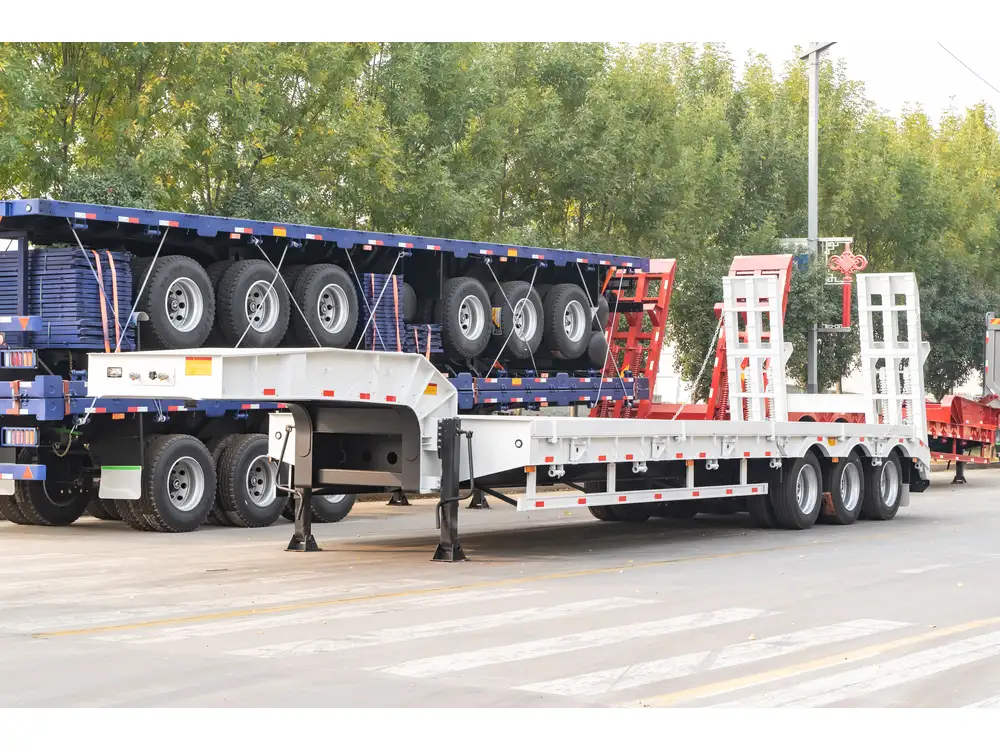
Comparison to Standard Lengths
| Type of Trailer | Length (Meters) | Length (Feet) |
|---|---|---|
| Standard Semi Trailer | Up to 13.6 m | Up to 44 ft |
| Mega Trailer | Up to 18.75 m | Up to 61.5 ft |
| Extendable Trailers | Up to 30 m | Up to 98.4 ft |
Regulatory Framework Surrounding Semi Trailer Lengths
United States Regulations
In the United States, federal regulations permit semi trailers to be up to 53 feet (16.15 meters) in length for general cargo transport. However, some states allow longer dimensions for specific types of cargo. Each state can impose additional regulations, meaning that operators must remain well-informed of local guidelines.
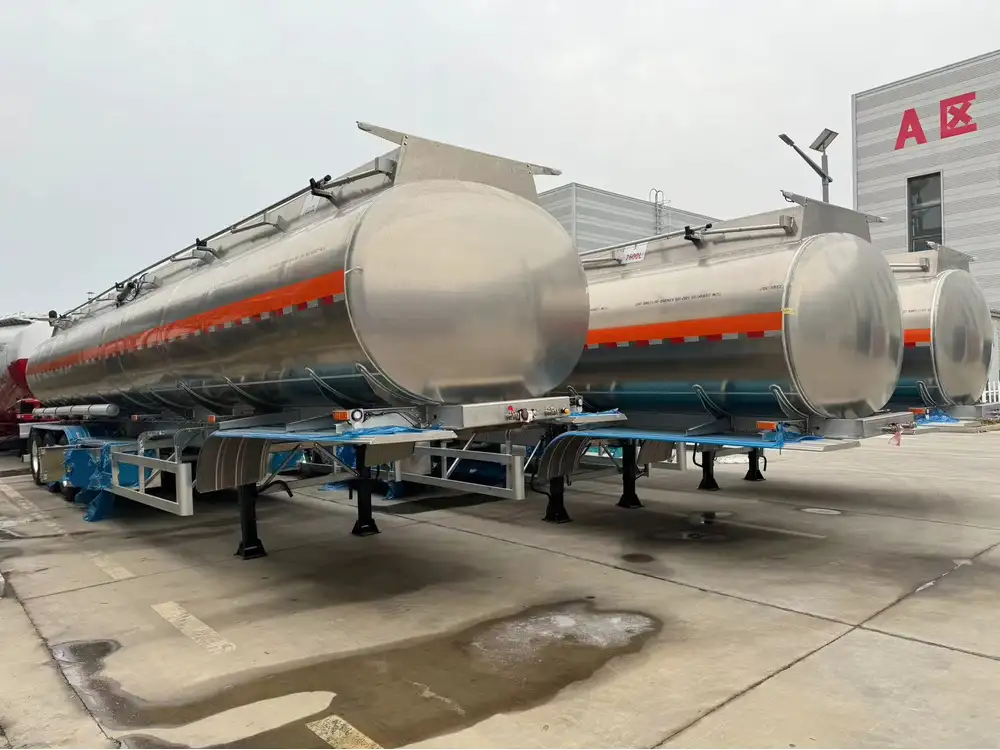
Federal-Aid Highway Act
The jurisdiction over semi trailer lengths stems from the Federal-Aid Highway Act, which provides a framework for interstate transportation while ensuring safety and road integrity.
European Regulations
In Europe, regulations can vary by country, but the EU Directive on Road Transport generally permits lengths of 18.75 meters for standard road vehicles. However, specific countries may allow for longer configurations under certain conditions, especially for intermodal transport.
The Practical Implications of Extra Length
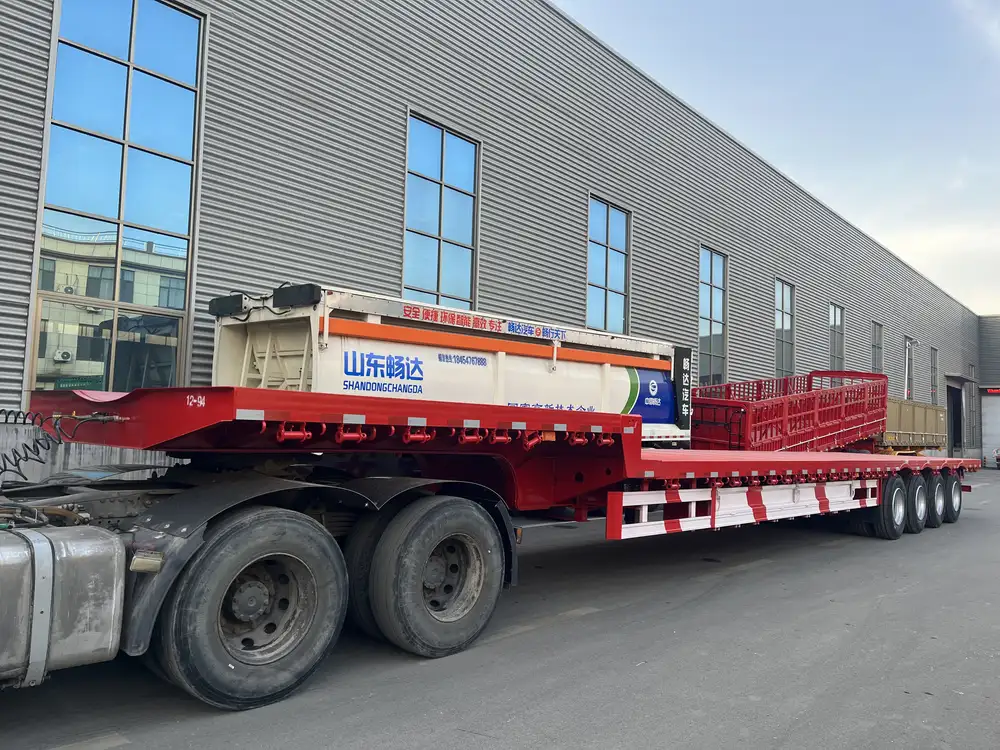
Advantages of Long Semi Trailers
- Increased Payload Capacity: Extended trailers can transport larger quantities of goods, leading to enhanced operational efficiency and cost-effectiveness.
- Reduced Trips: By carrying more per journey, logistics providers can minimize fuel costs and reduce their carbon footprint.
- Versatility for Special Cargo: Longer trailers can be tailored to accommodate diverse cargo types, including oversized items like construction equipment or bulk materials.
Challenges and Considerations
While extended dimensions provide clear benefits, they also present significant challenges:
- Maneuverability Issues: As length increases, the difficulty of navigating tight spaces and complex urban environments rises.
- Regulatory Compliance: Operators must rigorously adhere to varying regulations across states or countries, which often require additional permits for oversized loads.
- Infrastructure Limitations: Not all roads or bridges are designed to handle longer vehicles, leading to potential delays or route rerouting.
Case Studies: Applications of Long Semi Trailers
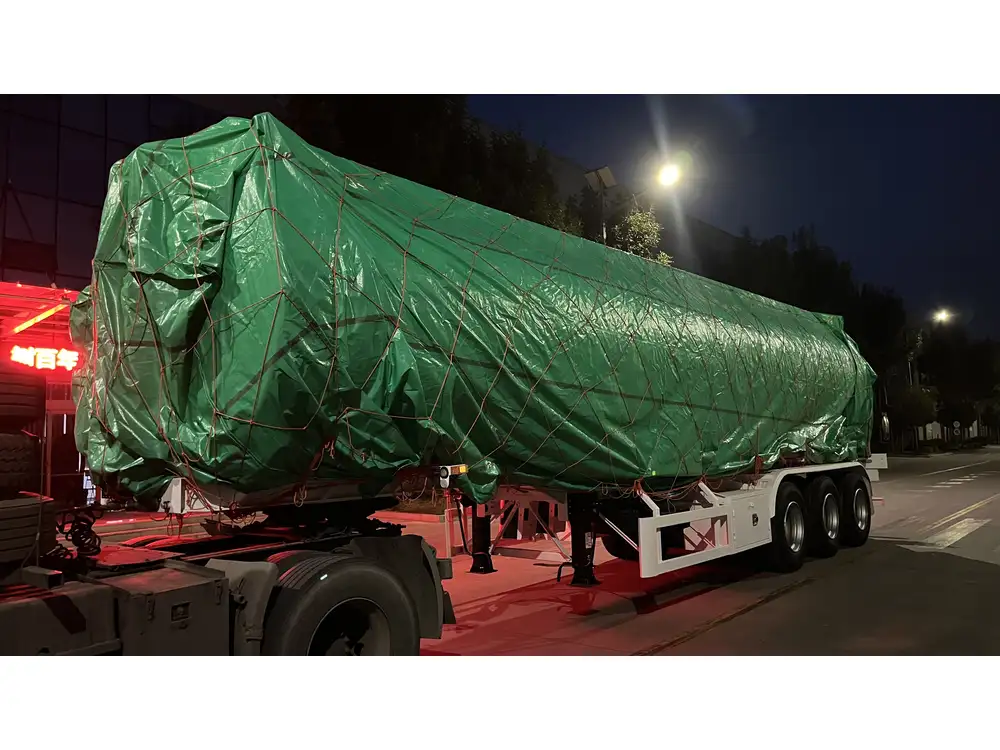
Construction and Heavy Equipment Transport
Long semi trailers are essential for transporting construction equipment. For instance, a extendable flatbed trailer can stretch to accommodate a 60-foot crane, ensuring it arrives at the job site in one trip rather than several, maximizing efficiency.
Intermodal Transportation
In intermodal transport, where cargo shifts between different transportation methods, long semi trailers facilitate seamless transitions. For example, a double-deck trailer can transport two 20-foot shipping containers using the same vehicle, optimizing space on congested transport routes.
Specialized Freight
For unique freight needs, such as transporting wind turbine blades or bridge components, companies often utilize modular trailers capable of extending significantly. These trailers can be adjusted in length to accommodate various loads, reflecting the flexibility required in today’s logistics.
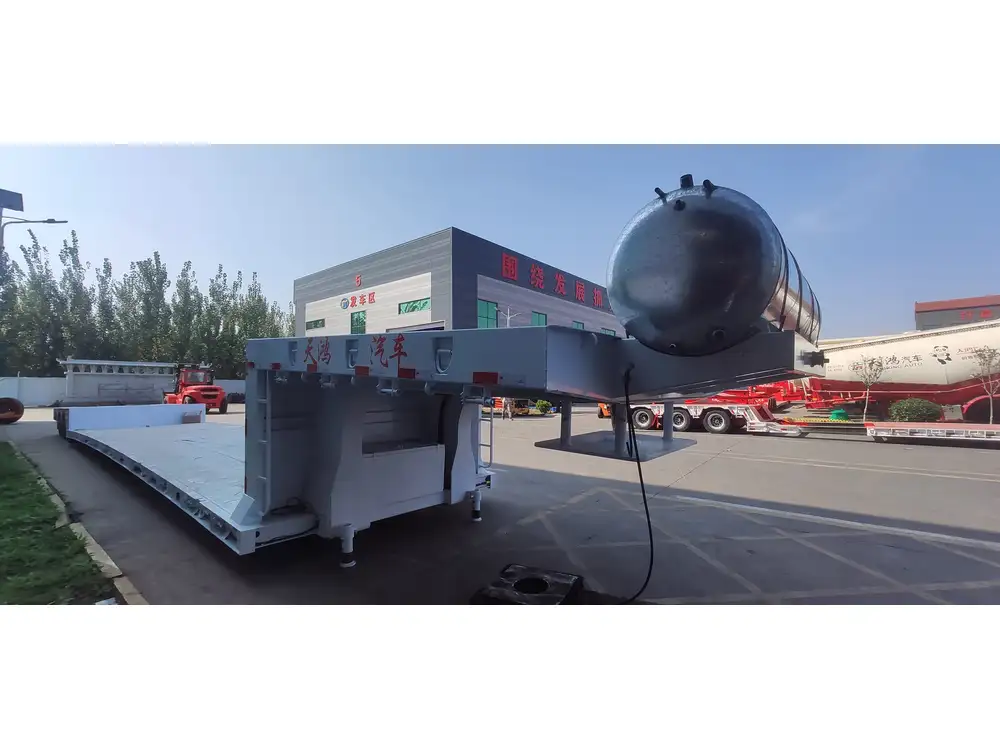
Innovations in Semi Trailer Technology
Aerodynamics for Efficiency
Manufacturers are increasingly integrating aerodynamic designs into long semi trailers. By reducing drag, these innovations not just enhance fuel efficiency but also improve overall performance on highways.
Smart Trailers
Utilizing IoT technology, modern semi trailers can be equipped with sensors that provide real-time tracking and diagnostics. This “smart trailer” technology offers significant advantages in logistics management, ensuring load security and optimizing routing in real-time.

Future Trends in Semi Trailer Lengths and Regulations
Legislative Changes
As the logistics industry evolves, so too do the laws governing semi trailer dimensions. A move towards more flexible regulations regarding trailer lengths might emerge, particularly in light of sustainability goals, as longer trailers can potentially minimize the environmental impact through fewer trips.
Advances in Materials
As trailers grow longer, there will be a concurrent demand for lighter, yet sturdier materials. Advanced composites and high-strength alloys are emerging as prime candidates for building both the chassis and frames of these extended trailers, allowing for greater load and enhancing safety.

Conclusion: The Long Road Ahead
In exploring the multifaceted query of “what is the longest semi trailer,” we unveiled a rich tapestry of dimensions, regulations, and applications spanning across various sectors. The longest semi trailers are not merely logistical marvels; they are emblematic of the industry’s quest for efficiency, sustainability, and adaptability in an ever-evolving landscape. With advancements in technology and materials, we anticipate further innovations that could redefine limits, standing at the intersection of necessity and capability.
As manufacturers and operators, understanding these dynamics is crucial not only for compliance but for this industry’s future trajectory. In doing so, we position ourselves to lead in an increasingly competitive global market, ensuring that we meet both operational demands and the higher expectations of environmental stewardship.



